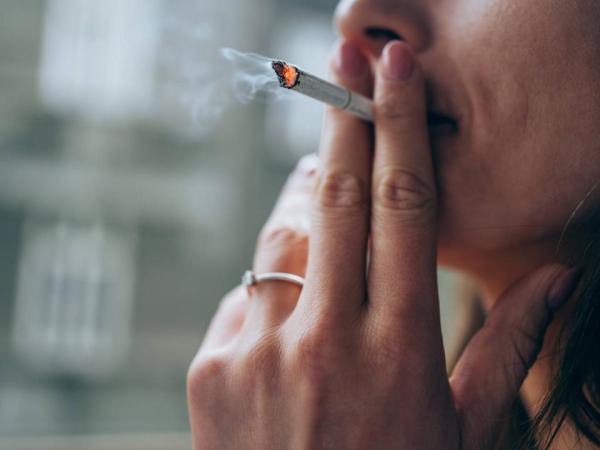Latin American governments should raise tobacco taxes to discourage smokers in a region where the prevalence of smoking is high, recommends a recent report by the Organization for Economic Cooperation and Development (OECD).
According to the document ‘Tobacco taxation in Latin America and the Caribbean’, many countries “still have a wide margin” to increase taxes.
(See: Tax on ultra-processed foods has raised $1.5 billion).
The ultimate objective of taxes is to make the product so expensive that it becomes an incentive for smokers to reduce consumption or quit smoking, an addiction that generates high health, economic and social costs.
In 2021, More than 350,000 people died in the region due to tobacco consumption and exposure to smoke, and more than 40% of airway cancer cases in Latin America were attributed to smoking.
Medical costs associated with tobacco consumption can reach 1.5% of annual GDP, according to the report.
In Latin America, 12% of the population over 15 years of age smokes, although in countries like Argentina and Chile This proportion is more than double, explained Michele Cecchini, head of the OECD program on public health.
(See: Costs of tobacco consumption exceed income collected from taxes).
Taxes on cigarettes, cigars and roll-your-own tobacco in most countries in the region are below the threshold recommended by the World Health Organization (WHO). of 75% of the sale price.
“There is an urgent need to undertake a new wave of tobacco tax reforms in the Latin American and Caribbean region to strengthen the effectiveness of tobacco tax policies and administration.“since on average, those products”they are still affordable“.
Tobacco
‘Most effective measure’
“Tobacco taxation is the most effective and profitable measure that a country can adopt“Cecchini recalled.
(See: Probability of negative surprises in tax collection is increasing).
In many cases, taxation varies depending on the product and in the case of the newest ones, they are not even subject to taxes or when they are they are “too low to discourage young people” from consuming them, the authors maintain.
The collection of indirect taxes on tobacco is between 0.01% (in Barbados) and 2.58% (in Chile).
“A 50% increase in tobacco prices due to higher taxation could generate 3.7 trillion dollars in just over five years, of which 2.1 trillion would remain in low- and middle-income countries.“, where people smoke the most, he said the former Minister of Finance of Colombia Mauricio Cárdenas, that between 2012 and 2017 carried out a tax reform, which increased taxes on tobacco.
Excise taxes on tobacco generate, on average, 0.50% of total tax collection in Latin America and the Caribbean, which represents about a third of the average annual medical costs attributable to smoking.
For taxes to play their deterrent role, they must be “sufficiently high,” which will also limit the ability of tobacco companies to absorb the tax rather than pass it on to sales prices, the authors note.
(See: Electronic invoice: the new documents that must be issued in November).
“I’ve been working on this for fifteen years and I’m still shocked because this is the leading cause of preventable death in the world.“said Jo Birckmayer of Bloomberg Philanthropies, which financially supported this report.
“I am amazed at the extent to which it still exists and is allowed, and I am also amazed at the power of tobacco taxes to reduce consumption and save lives.“he concluded.
A 50% increase in the price of tobacco could cause 100 million smokers in the world, 10% will stop smoking, according to the study.
EFE













Add Comment